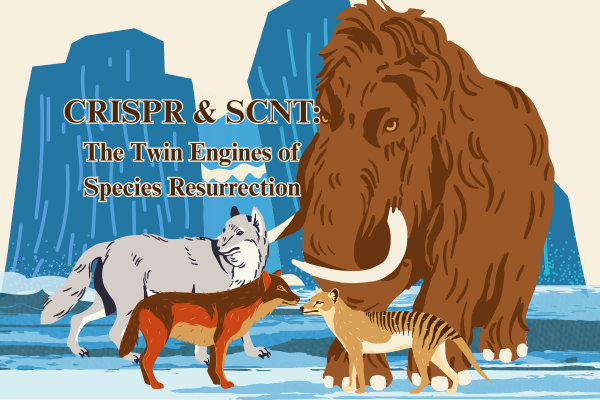Originally, Irish elk (Megaloceros giganteus) have ranged from Western Europe to Asia, from the Pleistocene to the mid-Holocene era. The cause of the extinction of Irish Elk has been debated and assumed to be due to human causes–such as hunting–or natural ice ages (glacial and interglacial periods) caused by changes in the Earth’s orbit, often referred to as Milankovitch cycles. However, this claim has lacked suitable evidence to prove it.
Carbon dating is now being used to determine a more precise date and more probable cause of extinction. Through this research, extinction has been dated to 7700 to 7600 years ago. (Kamyshlov et al., XXXX) A decreasing range and population of the species during the most recent ice age around 20,000 years ago is not likely to have been driven by human pressures. Discussions of M. giganteus extinction have generally focused on the Younger Dryas Stadial and the Nahanagan Stadial, both extreme cooling events at the end of glacial periods that led to the deterioration of grazing habitat.
Reduction of grazing habitat and plants rich in calcium and phosphorus led to decreased ability to grow antlers as well as infertility. (Moen et al., 1999) It is suggested that, while a smaller body and antler size would have been more suited to the changing climate, it would have opposed selection for reproduction. The inability to balance these factors likely played a role in extinction. A study by Worman and Kimbrell (2008) suggested that lack of nutrition alone would not be a probable cause for extinction, but when coupled with a 50% reduction in fecundity due to malnutrition, could suggest a reason for a lack of population stability.
The Younger Dryas Stadial alone was not a cause for extinction in Western Europe. Warming in the mid-Holocene (7000-5000 years ago) gave way for vegetation suitable for grazing and open woodland. Changes in vegetation around 8,000 years ago resulted in unsuitable habitat, likely contributing to M. giganteus extinction. In Western Siberia, temperate forest dominated the area until 7000 years ago, after which the area became more favorable for dense forests, reducing grazing land, causing extinction.
While human predation is a common thread among Holocene extinction, it is widely accepted that humans had little impact on M. giganteus extinction. The discovery of a human-modified brown bear kneecap from West Ireland dated at 12,800 to 12,600 years ago (early in the Younger Dryas and close in age to the latest dated Irish elk) has provided evidence that Upper Paleolithic people were present in the range of M. giganteus (Dowd et al., 2016), although no evidence of human activity has been found on any of the excavated M. giganteus remains from Ireland. (Barnosky, 1986) While it cannot be entirely established that there was no human interference with M. giganteus, it is accepted that early humans had little impact on extinction.
It is also unlikely that M. giganteus extinction can be attributed to potential predators such as spotted hyenas. However, evidence of predation–gnawing and chewing marks found on fossil bones– indicate that M. giganteus was consumed by spotted hyenas at several excavation sites in Central Europe. (Diedrich et al., 2006)
This new evidence has validated the claim that environmental factors had the biggest impact on the species, reducing populations to an endangered state. While low-level hunting by early peoples and predators–in conjunction with loss of habitat–could have contributed to extinction, very little evidence has been found. It is plausible extinction was inevitable without human impact due to a dwindling population caused by Milankovitch cycles.









